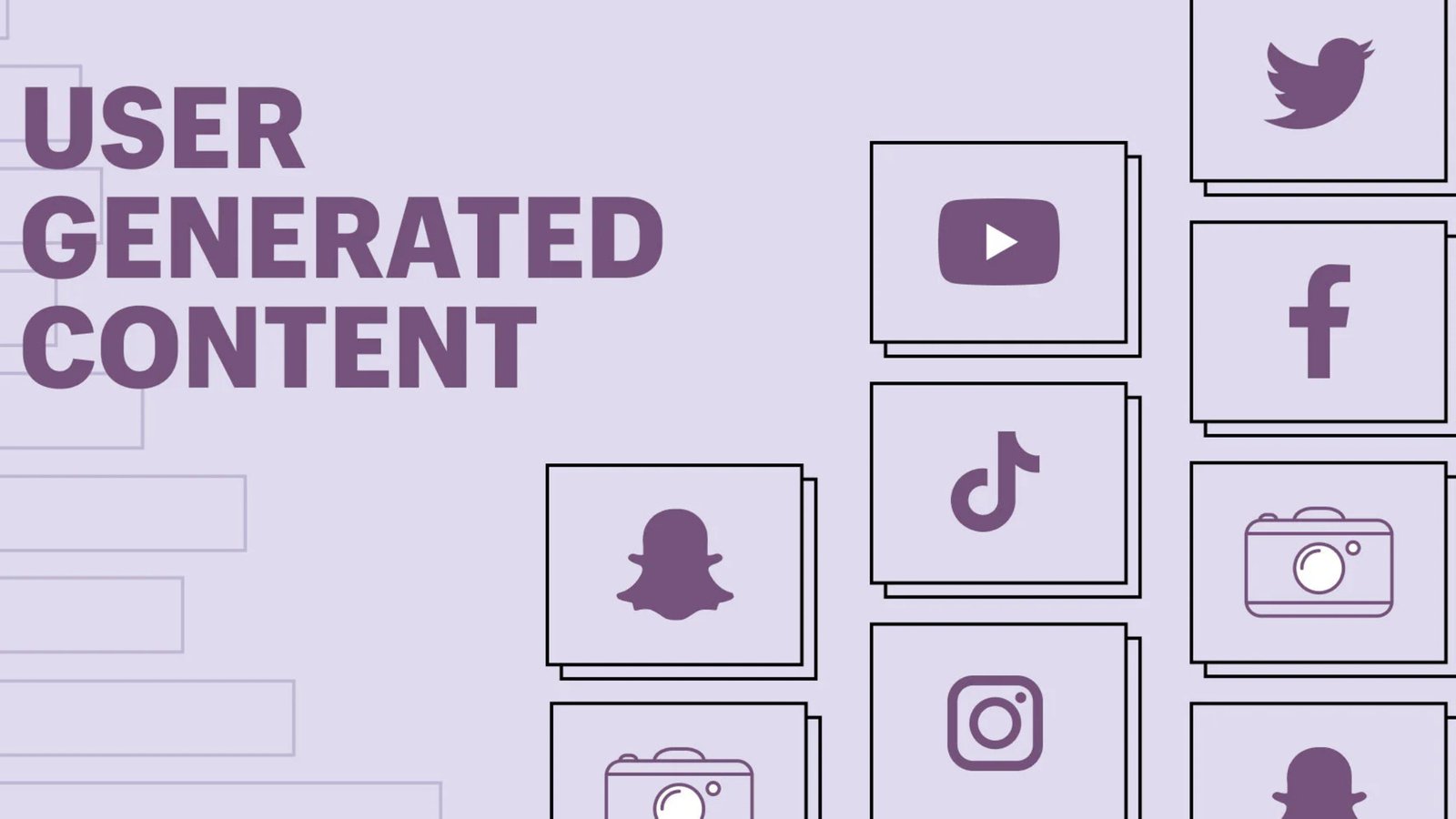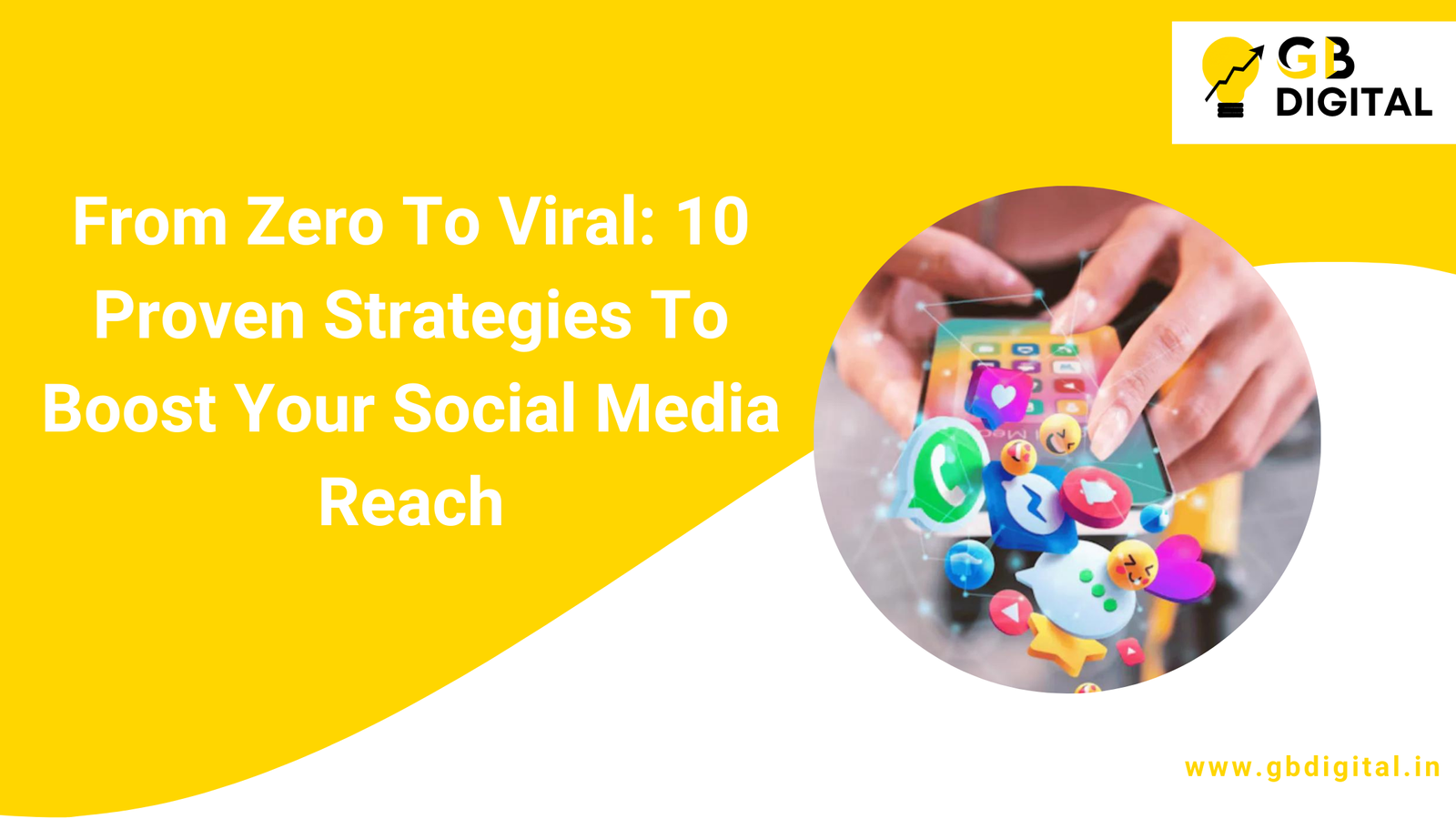The sportswear industry thrives on community, inspiration, and brand loyalty. With the rise of digital platforms, social media management for sportswear brands has become a game-changer. Customers are no longer just buyers; they are brand advocates who engage with their favorite labels through interactive content, influencer collaborations, and exclusive offers.
This blog explores how an effective social media strategy can enhance brand loyalty, increase engagement, and ultimately boost sales for sportswear businesses.
Why Social Media Management is Crucial for Sportswear Brands

1. The Power of Online Community
Sportswear brands rely on emotional connections with their audience. A strong online presence helps:
- Foster a community of fitness enthusiasts and athletes
- Build trust and credibility with consistent engagement
- Encourage customer advocacy through user-generated content (UGC)
By managing social media effectively, brands can turn followers into loyal customers who actively promote their products.
2. Direct Customer Interaction
Unlike traditional marketing, social media allows for real-time conversations. Engaging with customers through:
- Comments and replies on posts
- Q&A sessions via Instagram Stories
- Live product launches on Facebook and YouTube
This fosters a personal connection, improving customer retention and loyalty.
Key Strategies for Social Media Management in Sportswear Branding
.png)
1. Creating High-Quality, Engaging Content
A. Visual Storytelling Through Images & Videos
Sportswear is highly visual. Brands that showcase:
- Action-packed workout videos featuring athletes
- Behind-the-scenes content of product development
- Before-and-after transformation stories
gain higher engagement. Platforms like Instagram and TikTok thrive on visual appeal, making them ideal for sportswear marketing.
B. Leveraging User-Generated Content (UGC)
Encouraging customers to post their experiences wearing your brand builds trust. You can:
- Repost customer photos/videos with branded hashtags
- Run challenges like #MyWorkoutLook to boost interaction
- Offer discounts to customers who share their fitness journey with your products
2. Collaborating with Athletes and Influencers
Partnering with sports influencers, fitness trainers, and athletes can:
- Expand reach to a targeted fitness audience
- Establish brand credibility through trusted voices
- Drive higher conversion rates via influencer recommendations
For example, Nike’s collaborations with top athletes have solidified its position as a global sportswear giant.
3. Running Data-Driven Paid Advertising Campaigns
Paid social media ads allow brands to reach potential customers precisely. Effective tactics include:
- Retargeting campaigns to bring back visitors who didn’t purchase
- Lookalike audiences to find new customers similar to existing buyers
- Dynamic product ads showcasing bestsellers to relevant users
Platforms like Facebook, Instagram, and TikTok provide insights that help optimize ad performance and increase ROI.
4. Engaging Through Social Media Trends & Challenges

Sportswear brands that stay on-trend with viral challenges and trends see higher visibility. Consider:
- Participating in fitness challenges (e.g., #30DayFitnessChallenge)
- Creating brand-specific challenges (e.g., Adidas’ #RunForTheOceans campaign)
- Using popular hashtags like #FitnessGoals and #WorkoutWear
Trendy engagement strategies enhance brand relevance and connect with younger audiences.
5. Offering Exclusive Deals & Loyalty Programs on Social Media
Rewarding followers with exclusive offers enhances retention. Consider:
- Limited-time discounts for social media followers
- VIP early access to new product launches
- Loyalty reward programs for active brand advocates
For example, Puma’s loyalty program offers points redeemable for discounts, encouraging repeat purchases.
Best Platforms for Social Media Management in Sportswear Branding
1. Instagram – The Ultimate Visual Platform
- Ideal for high-quality imagery, reels, and influencer collaborations
- Use Instagram Shopping to enable direct purchases
- Leverage stories and polls for engagement
2. TikTok – Virality & Fitness Challenges
- Perfect for fitness trends and challenge-based marketing
- Utilize short-form content to showcase workout gear
- Collaborate with TikTok fitness influencers

3. Facebook – Community Building & Paid Ads
- Best for targeted advertising and customer engagement
- Use Facebook Groups for brand communities
- Run live events for new product launches
4. Twitter – Real-Time Updates & Engagement
- Ideal for customer service and brand updates
- Participate in trending conversations
- Engage with athletes and sports personalities
5. YouTube – Long-Form Content & Tutorials
- Create product guides and workout tutorials
- Collaborate with fitness influencers
- Run YouTube ads to reach a wider audience
Measuring the Success of Social Media Efforts
Tracking and optimizing performance is key. Important metrics include:
- Engagement rate (likes, shares, comments)
- Conversion rate (purchases through social links)
- Follower growth and brand reach
- Customer sentiment analysis
Tools like Google Analytics, Facebook Insights, and Hootsuite help measure these metrics.
Conclusion
Social media management for sportswear brands is more than just posting content—it’s about building a loyal online community. By leveraging high-quality visuals, influencer partnerships, user-generated content, and data-driven campaigns, brands can strengthen engagement, boost sales, and secure long-term customer loyalty.
In today’s competitive market, a strong social media presence can set a brand apart, turning casual buyers into dedicated brand ambassadors.
Start implementing these strategies today to elevate your sportswear brand’s online presence!
FAQs
Q1. How often should a sportswear brand post on social media?
Consistency is key. Aim for daily posts on Instagram and TikTok, 3-5 posts per week on Facebook, and regular Twitter engagement.
Q2. What is the best way to increase engagement on social media?
Use interactive content such as polls, quizzes, and challenges. Encourage UGC and collaborate with influencers to amplify reach.
Q3. Can social media marketing directly boost sales for a sportswear brand?
Yes. Features like Instagram Shopping, paid ads, and influencer promotions can drive direct sales and conversions.
Q4. Should sportswear brands focus on all social media platforms?
Not necessarily. Prioritize Instagram, TikTok, and Facebook, as they align best with the visual and fitness-driven nature of sportswear.
Q5. What are some examples of sportswear brands excelling in social media marketing?
Nike, Adidas, Puma, and Gymshark are leading examples. They focus on community engagement, influencer partnerships, and interactive campaigns to build loyalty.








